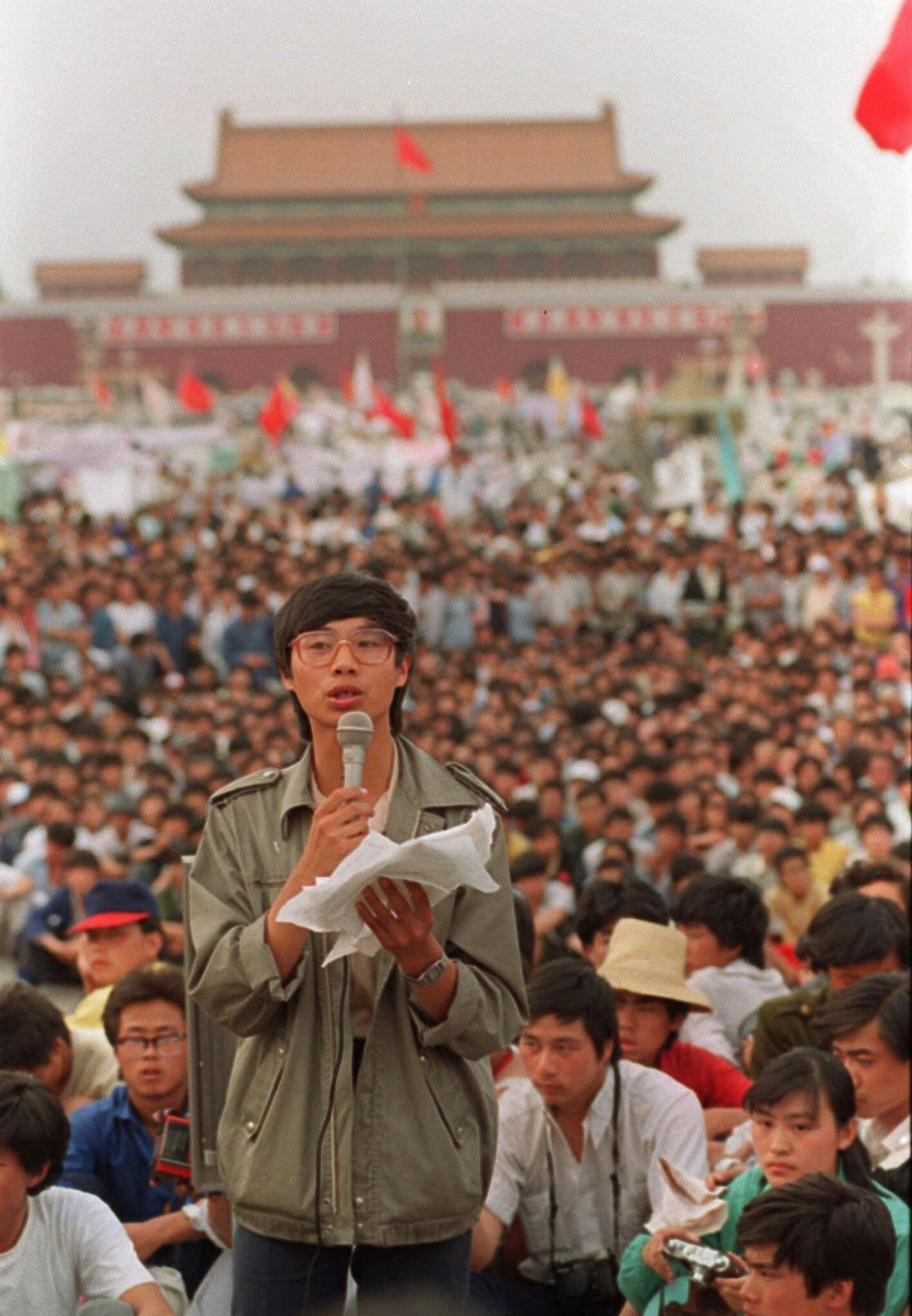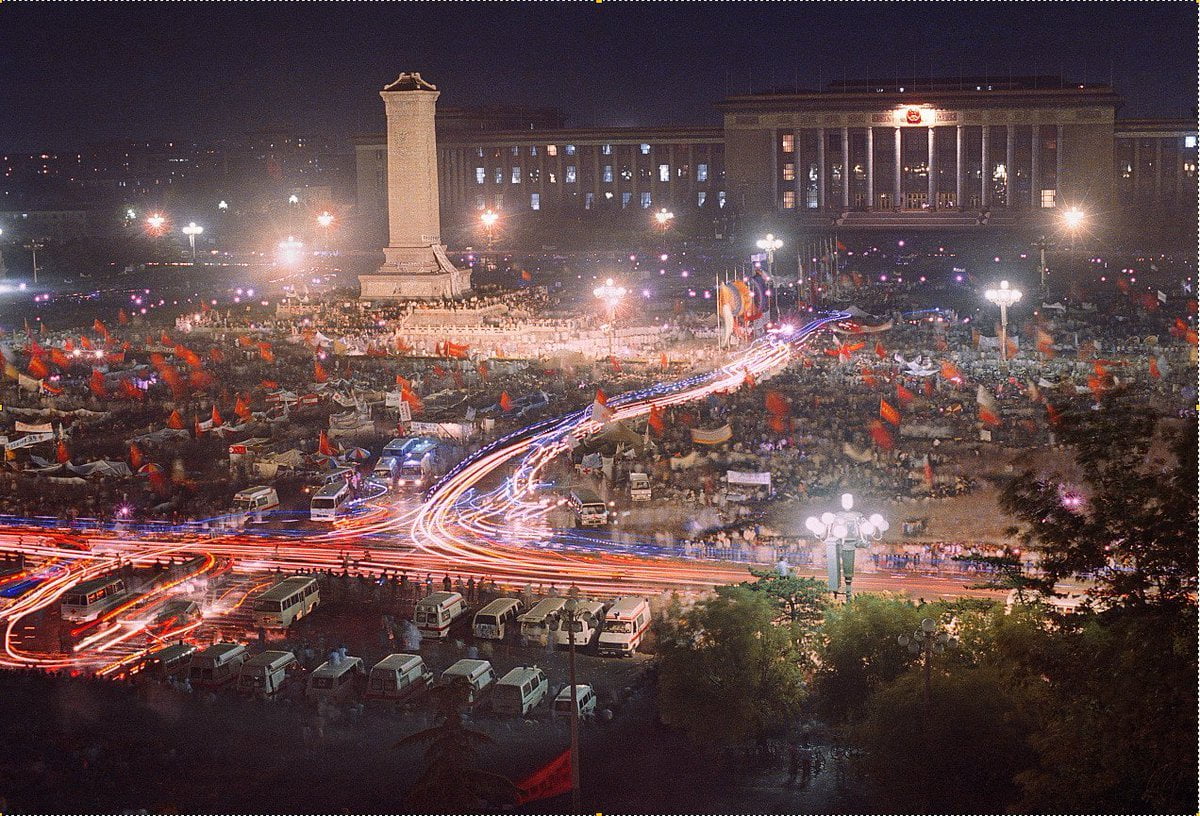Tiananmen Square 1989: The Impactful Events and Their Complex Depictions
Background
Early Student Protests Seek Democratic Reform
In late April 1989, thousands of students began peaceful protests in Beijing’s Tiananmen Square calling for greater political transparency, an end to corruption, and democratic reforms. Inspired by pro-democracy demonstrations in other countries, the students wanted more openness and accountability from China’s communist leadership. Within weeks, their movement swelled to attract tens and then hundreds of thousands of people in the capital and elsewhere.
Government Declares Martial Law as Protest Numbers Rise
As protest numbers continued growing throughout May 1989, Chinese authorities grew increasingly concerned over possible instability. On May 20th, the Communist Party declared martial law in Beijing hoping to bring the demonstrations to a swift end. However, the protesters remained in defiance, energized by their swelling ranks.
The Violent Crackdown of June 3rd-4th
Soldiers Initially Ordered to Engage Protesters Peacefully
On the nights of June 3rd-4th, over 30,000 troops and hundreds of tanks entered Beijing with orders to clear Tiananmen Square of protesters. Some initial reports stated that soldiers were told to converse with and peacefully persuade protesters to disperse first before using any force.
Violence Quickly Escalates on Both Sides
Unfortunately, as troops advanced, some protesters became confrontational, blocking the military’s movements with barricades. Skirmishes broke out as demonstrators surrounded isolated vehicles. In response, the soldiers resorted to beating back protesters with batons, knives, and eventually live ammunition. Violence escalated rapidly on both sides.
Troops Clear the Square Leaving Unknown Casualties
By early morning on June 4th, the military had succeeded in emptying Tiananmen Square through sustained clashes. However, the exact human cost remains unknown to this day. Estimates of civilian deaths from the crackdown range widely from several hundred to over a thousand killed, with many injured as well.
Western Media’s Initial Portrayal
Focus on Pro-Democracy Protesters Killed by the State
At the time, Western news coverage strongly emphasized images of student-led protesters bravely blocking tanks or being gunned down by troops. Major outlets depicted the demonstrations as a predominantly peaceful pro-democracy movement violently oppressed by China’s authoritarian government.
Unbalanced Coverage Omitted Some Context
However, Western reports did not prominently show footage of protesters also engaging in clashes, attacks on soldiers, or soldiers being injured. They left out important context about the escalating violence on both sides. This led to a perception in the West that the government response lacked justification.
Partially Explains Chinese Backlash to External Criticism
The selective initial foreign coverage helped shape enduring global perceptions of the crackdown but fueled Chinese assertions of biased foreign meddling in domestic affairs. This partial Western framing still influences debates and contributes to Chinese defensiveness over condemning the government response.
The Chinese Government’s Defense
Force Was Necessary to Prevent Further Chaos and Bloodshed
Beijing asserts it had no realistic choice but to deploy troops once protests turned violent and threatened public order nationwide. Officials argue soldiers faced well-organized armed resistance that risked uncontrolled insurrection without being dispersed.
Images Emerge of Protesters Attacking the Military
While disputed, photos have since surfaced online from government sources appearing to depict demonstrators beating soldiers, burning armored vehicles and wielding makeshift weapons. Beijing cites these as proof that force was warranted given the unprecedented violence faced.
Debate Continues Over Proportionality of Response
However, critics counter that less lethal options may have sufficed to restore order with fewer casualties. The government refusal to acknowledge civilian deaths or apologize also undermines their defense. An impartial investigation could have promoted reconciliation, but political will was lacking.
The Aftermath and Lingering Impact
Information Blackout and Memory Suppression Ensued
In the crackdown’s bloody aftermath, Chinese censors imposed a sweeping media blackout, erasing all mentions of the events. Open discussion of June 4th became strictly taboo for decades. The government passed legislation banning commemoration activitiesdeemed subversive.
exact death toll remains uncertain without transparency
Without an impartial investigation allowed, the true number of civilian lives lost to the military crackdown remains uncertain. This lack of closure and accountability continues fueling international criticism as well as internal debate over proportional use of force.
Inspired Further Reform Protests but also Crackdowns
Though democracy movement hopes were crushed, the student demonstrations’ memory inspired future peaceful calls for political reforms. However, authorities responded harshly to resurgent activism, cementing one-party dominance through a “never forget June 4th” warning against organized dissent.
Conclusion
The violent end to peaceful Tiananmen Square protesters in 1989 involved multi-faceted dynamics that defy simplistic black-and-white interpretations. Both the demonstrators and military shared responsibility for escalating clashes. Western and Chinese narratives emphasize certain perspectives while omitting others, making impartial assessment difficult. Still, the sensitive chapter’s lessons regarding free expression, government responses to mass movements, and how outside observers can influence such events demand open and thoughtful discussion. After over 30 years, its full impact and complex legacies continue shaping China’s political course and global engagement.

